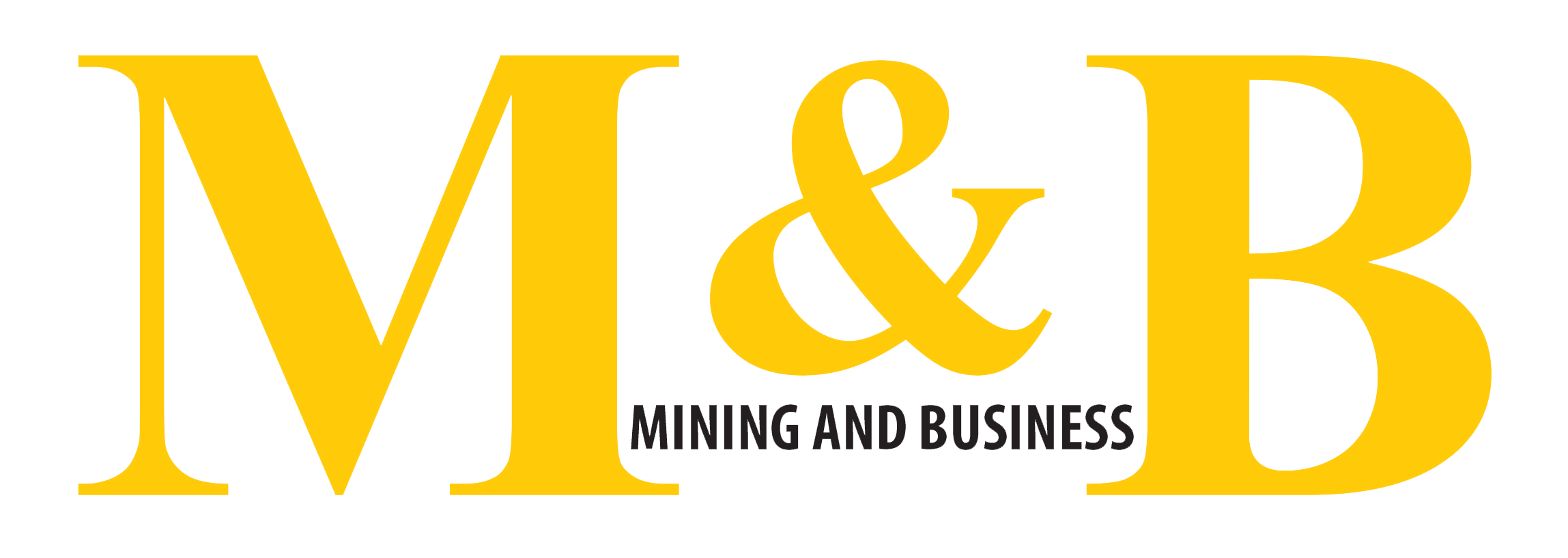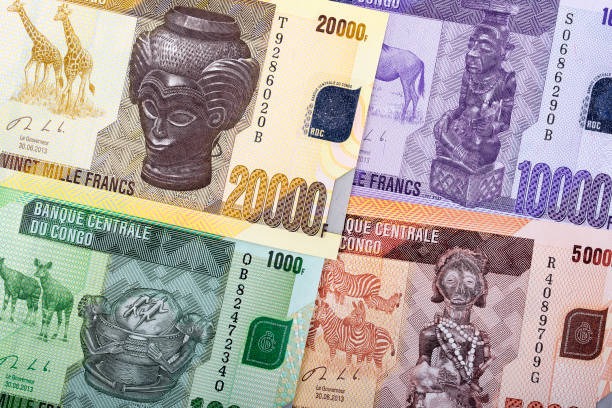The Central Bank of Congo (BCC) has kept its overall restrictive monetary policy unchanged since July, “until further notice.” For now, its new director first wants to restore confidence in the national currency.
Before the departure of Malangu Kabedi, replaced by André Wameso, the Monetary Policy Committee (CPM) had noted the strengthening of macroeconomic stability observed since the second half of 2024.
De-dollarizing the market—possible?
Mr. Wameso is committed to implementing the action plan he unveiled upon taking office, namely reducing the Congolese economy’s heavy dependence on the US dollar. This strategy requires the new governor to implement a “bold” policy of de-dollarization, supported by major reforms aimed at restoring trust in the Congolese franc and modernizing the country’s financial ecosystem.
Year-on-year inflation stood at 8.4% at the end of June 2025, a decrease compared with 20.7% in the same period of 2024. “These favorable developments reflect the impact of prudent monetary policy and government measures to reduce the cost of living, as well as the stability of the exchange rate in recent months,” the BCC stated in mid-July.
Despite this positive note, in the first half of 2025, the Congolese franc depreciated by 0.9% on the interbank market and 0.2% on the parallel market, compared to a 6% depreciation in both market segments during the same period in 2024.
“The external position should also improve this year and help strengthen the accumulation of foreign exchange reserves and the economy’s resilience to shocks,” the Bank’s policymakers expressed hope. Projections indeed indicate that growth should remain strong in 2025, at 5.3%, driven by the dynamism of the extractive sector, while inflation is expected to fall to 7.8% by December, down from 11.7% in 2024.
Status quo until October
The main reason for maintaining this monetary policy remains concerns over rising risks and uncertainties tied to armed conflicts in the country, along with ongoing global geopolitical and trade tensions.
The CPM therefore opted to continue a “sustained cautious stance in monetary policy.” Thus, the BCC’s key interest rate has been kept at 25%, and reserve requirements on demand and term deposits in the national currency remain unchanged at 12% and 0.0%. The same applies to reserve requirements on demand and term deposits in foreign currencies, which remain at 13% and 12%.
This status quo will last a few more weeks. The next regular meeting of the Central Bank of Congo’s Monetary Policy Committee—the first under Mr. Wameso—will be held on October 14 in Kinshasa.
In the meantime, he advocates for “promoting the preference of the Congolese franc in financial transactions within the national economy” by creating a capital market in francs “through the widespread introduction of a complementary pension fund system based on capitalization.”
M&B with 7sur7.cd and Actualité.cd

